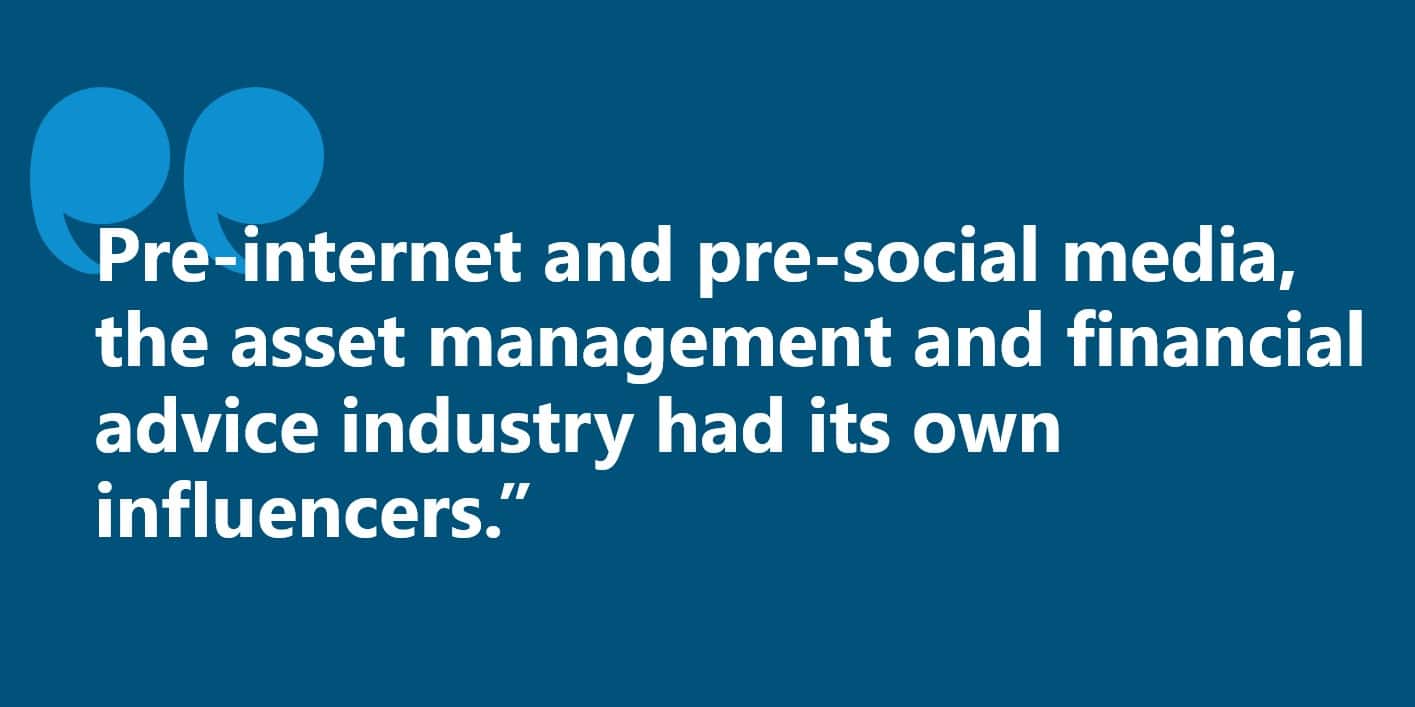
Why you can’t let Compliance ban influencer partnerships
There has been a steady stream of FINRA settlements by financial firms related to their engagement with so-called “finfluencers.” The most recent firm to face a penalty was MooMoo, a New Jersey-based subsidiary of a Chinese financial firm, for paying 400 people with social media followings to promote the firm.
We’ve written before about the growing role of “finfluencers” and the fact that, like any other paid advertising and promotion, these paid engagements must be disclosed. Further, care must be taken to assure any recommendations made by finfluencer partners are not misleading and should meet standards of good faith.
But we’re worried that this uptick in regulatory actions might cause some compliance folks to forswear any interaction with financial influencers. We get it. No one wants to mistakenly run afoul of the rules. In this scenario, compliance teams shut down experimentation as it could cause trouble or raise red flags with FINRA.
But we’d argue there might be another scenario leading to a different and potentially more productive outcome.
Some history
Let me preface this conversation with the fact that influencers in the financial services industry aren’t new. In today’s brave new world, some finfluencers have built huge audiences on sites like TikTok or YouTube. But pre-internet and pre-social media, the asset management and financial advice industry had its own influencers.
The first real influencer I ever met was Michael Lipper. Lipper Analytics, since sold to Refinitiv and now LSEG Refinitiv, tracked and reported on performance of mutual funds over multiple time periods. Mike Lipper was a regular source for journalists on the industry and spoke widely at conferences.
Later, Joe Mansueto launched Morningstar to provide an even deeper analysis of the mutual fund industry. The opinions of Morningstar leaders like Don Phillips and John Rekenthaler were widely shared and Morningstar analysts were regular sources for media.
At the time, I was a PR director at a mutual fund company. We would always share our news with the relevant Morningstar analyst before releasing it widely to the media. We wanted them to have our background information as we knew there was a good chance that reporters covering our news might call Morningstar for comments.
Morningstar and Lipper’s influence went beyond commenting on industry trends. The asset management and financial advisory industry benefited over time from their involvement as intermediaries between investors/advisors and the product manufacturers:
- They helped end-investors and their financial advisors better understand the products.
- They supported consistency in measurement to support selection (e.g., Morningstar stars and styleboxes and Lipper rankings), which fostered trust among product users (both advisors and investors).
- They educated and empowered investors and the media more broadly, prompting transparency and awareness of fees and risks.
My point is that influencers aren’t news, and in the case of Morningstar and Lipper, they were beneficial in driving industry growth. Might the next generation of influencers do the same?
Keep in mind this next generation of influencers aren’t CFAs or MBAs. Many don’t seem quantitative. Instead, they favor short-form rather than long-form posts, and their own personalities are a big part of their appeal. They’re ordinary people like us, and many are charismatic, even emotional, and they are successful at reducing complex topics, building trust and creating aspiration among their followers.
Micro-influencers can deliver better results
The growing impact of influence is being felt across all industries. For a broader perspective—and something to share with your Compliance officer, too—read this LinkedIn post from Gini Dietrich of Spin Sucks. We’ve mentioned Gini’s work before (see The updated peso model and the PR/marketing conversations it can help drive). This time Gini is connecting the dots between the changing media dynamics that require a new earned media strategy.
“The rise of micro-influencers represents another fundamental shift in how information spreads. The old metrics of reach have given way to the power of relevance. A micro-influencer speaking directly to your target audience can deliver better results than a national outlet, reaching millions of irrelevant viewers,” writes Gini.
We make this point regularly in our media training with executives to help them understand that industry trades and certain influencers such as Michael Kitces or Bob Veres (see sidebar) may not have the audience of the New York Times but could be much more effective at getting product mentions in front of the advisors or investors they want to reach. And, many influencers host podcasts. This is one reason we pay such close attention to investment podcasts, especially the ones who take guests (see our insider’s listing of investment podcasts).
Could the industry engage another generation of influencers to drive growth and interest through careful engagement and education? Communications professionals, accustomed to representing their investment products, could team up with outside influencers to share information, educate them and feed them information (compliant, of course) that would help them be more effective at telling their stories. By partnering with them, asset managers could learn from influencers how to reach a new generation of social media-minded investors who are open to their messages.
To be successful, asset managers and advisors must learn the rules that apply to influencers, build a responsible program with controls and measurement in place, and see what new ground can be covered.
Finding better—and compliant—ways to engage could be fruitful on both sides.
Subscribe.
Receive the latest news and insights from Lowe Group.